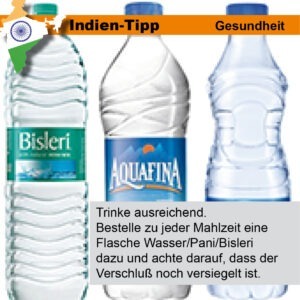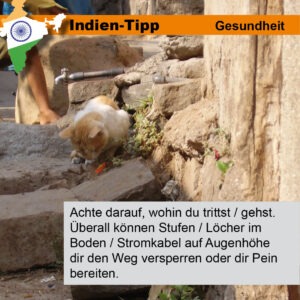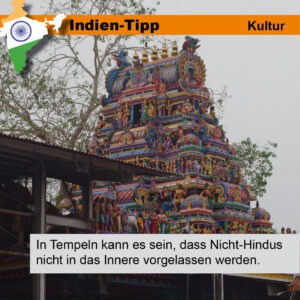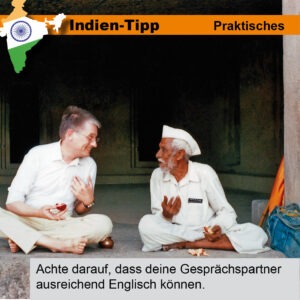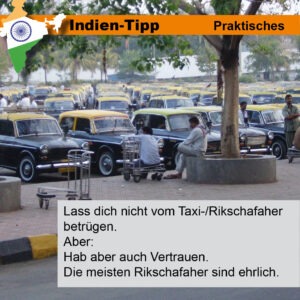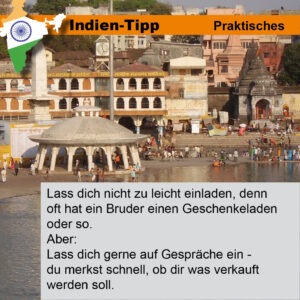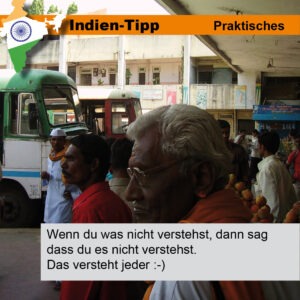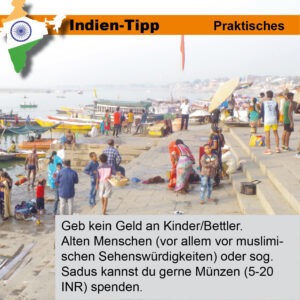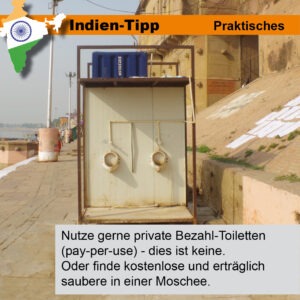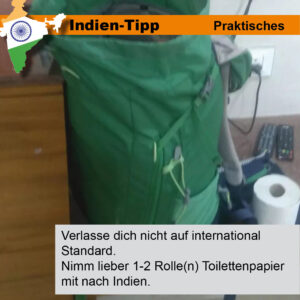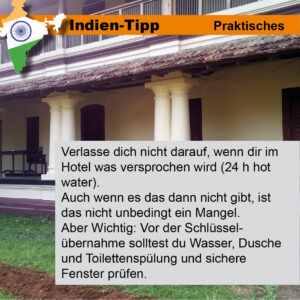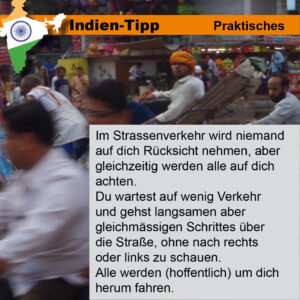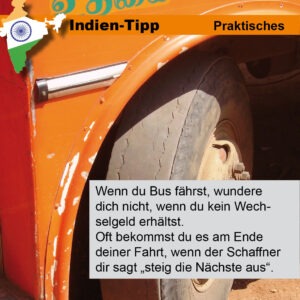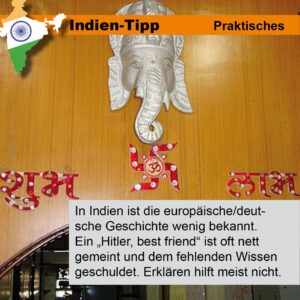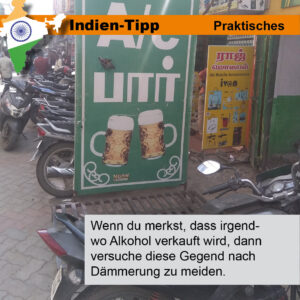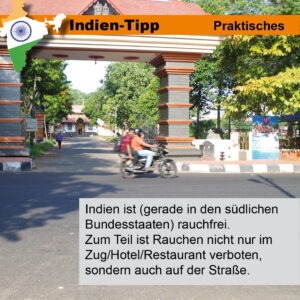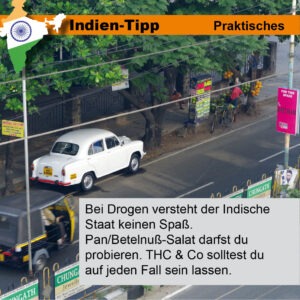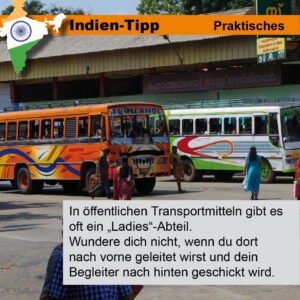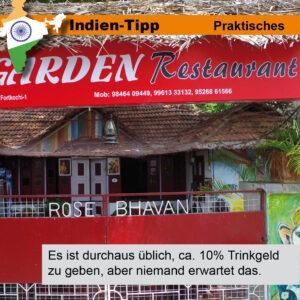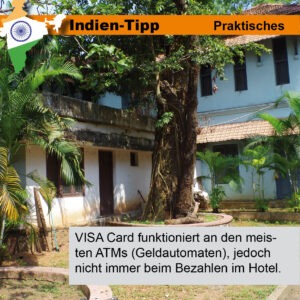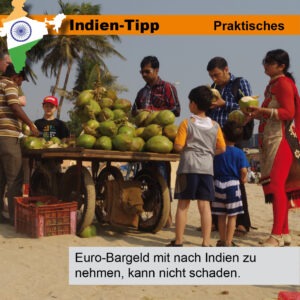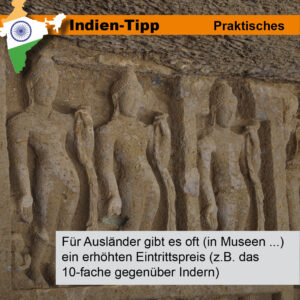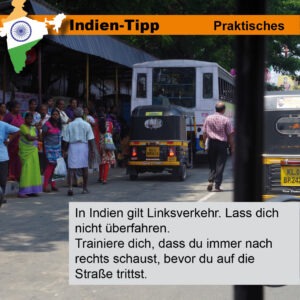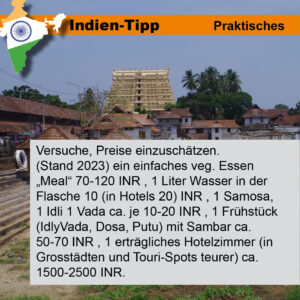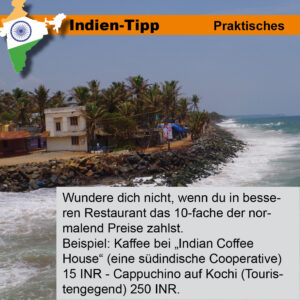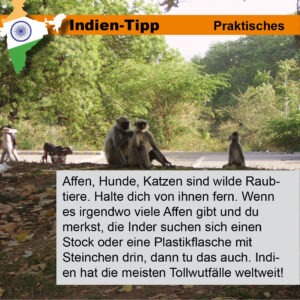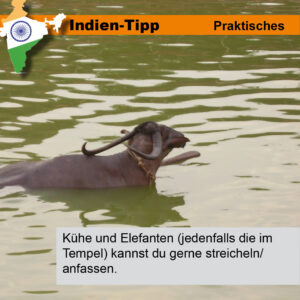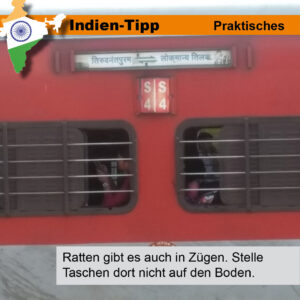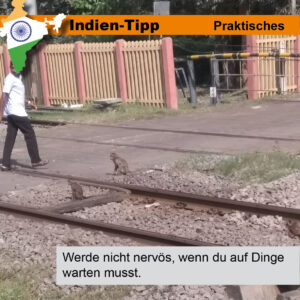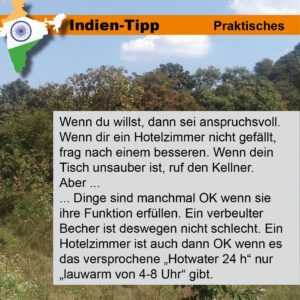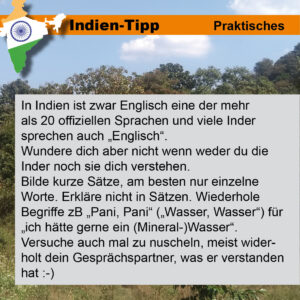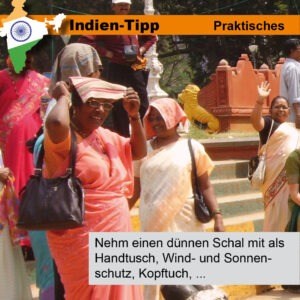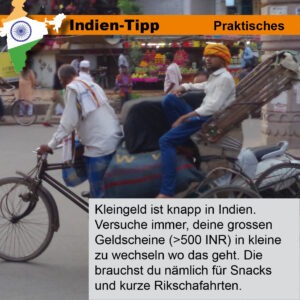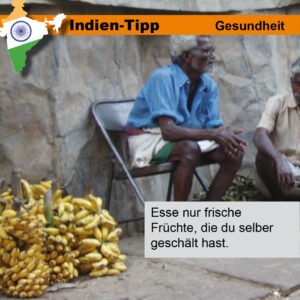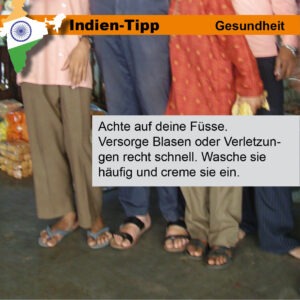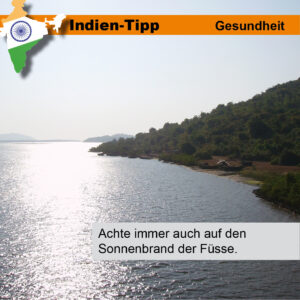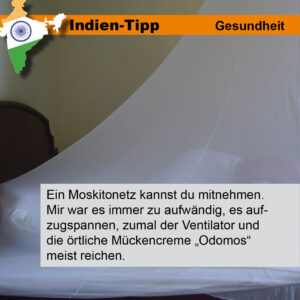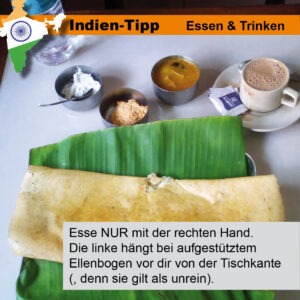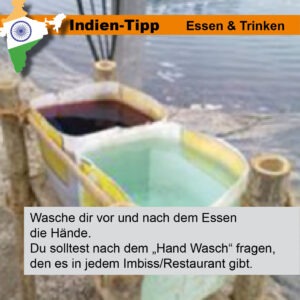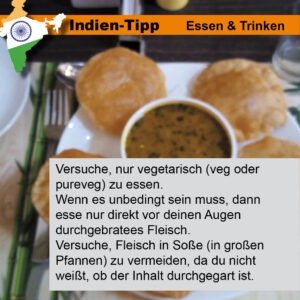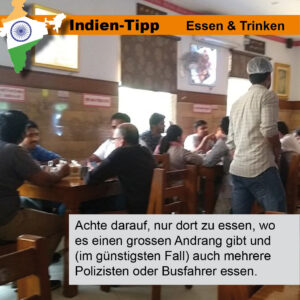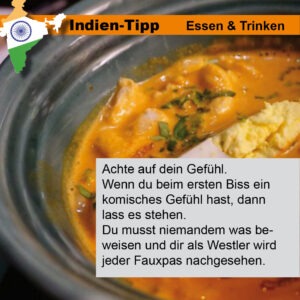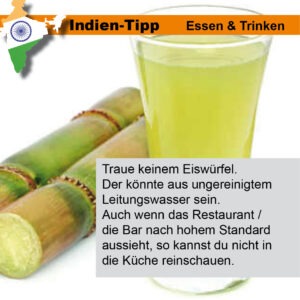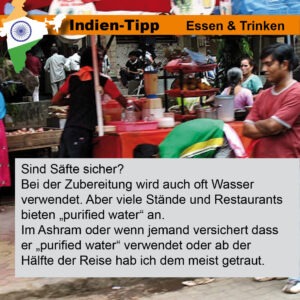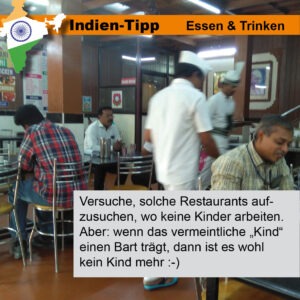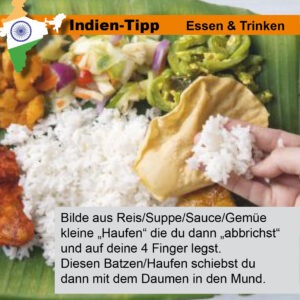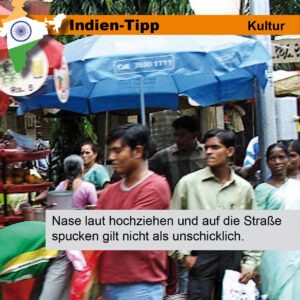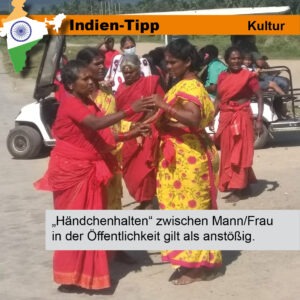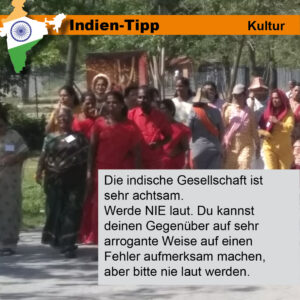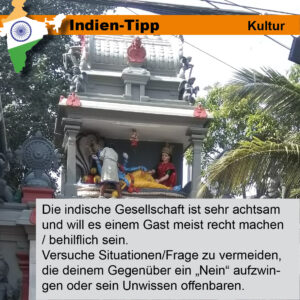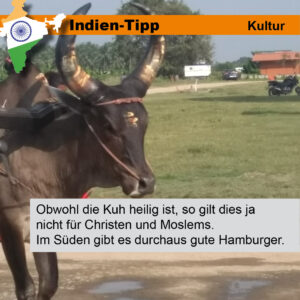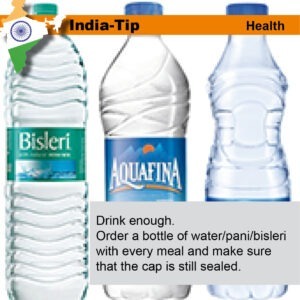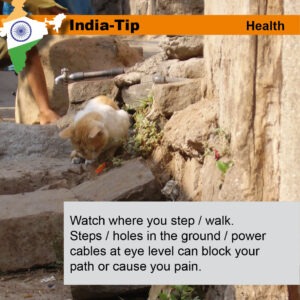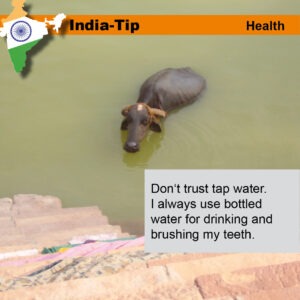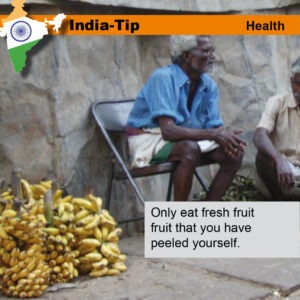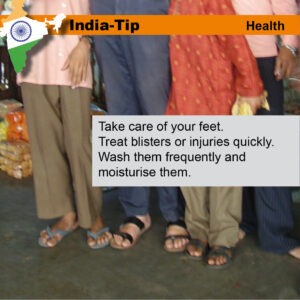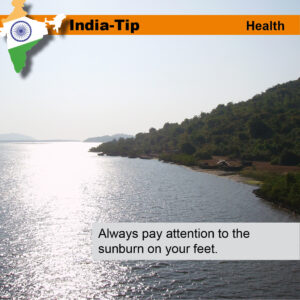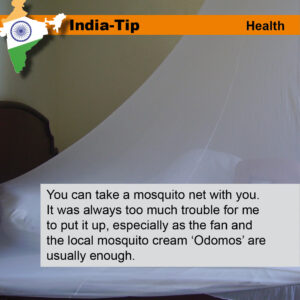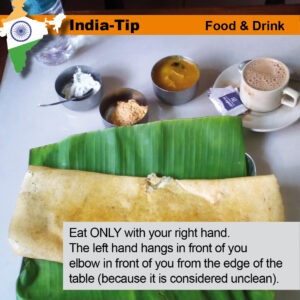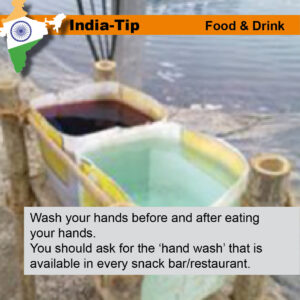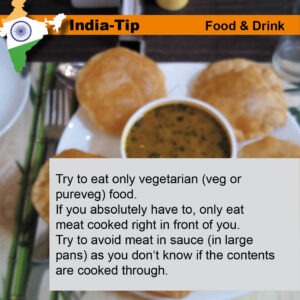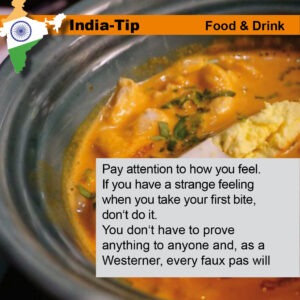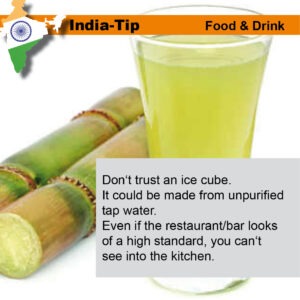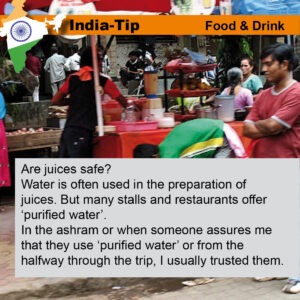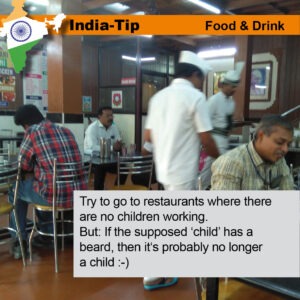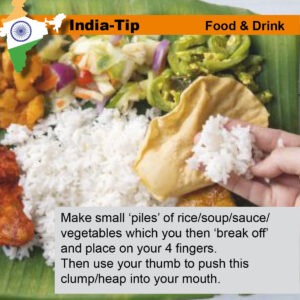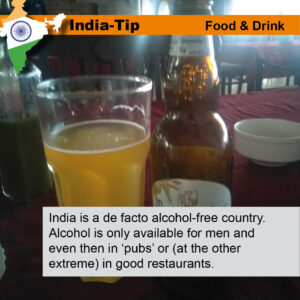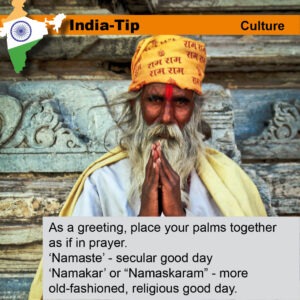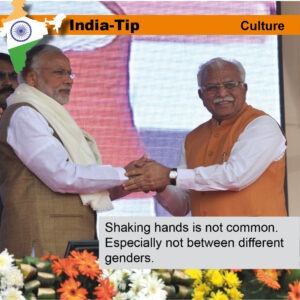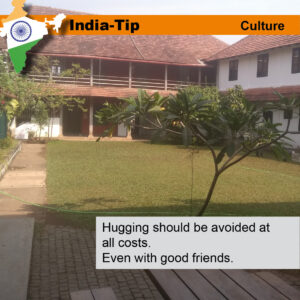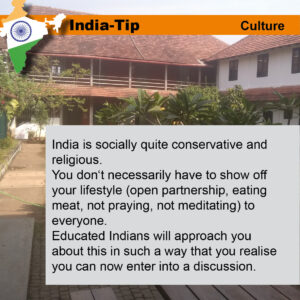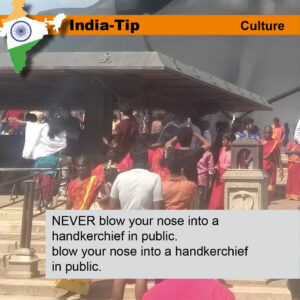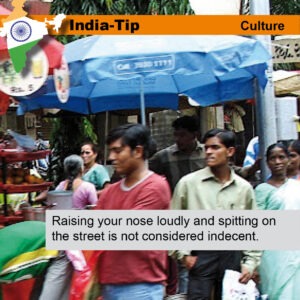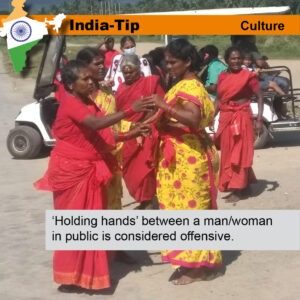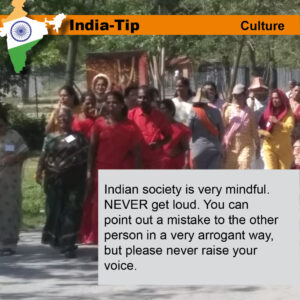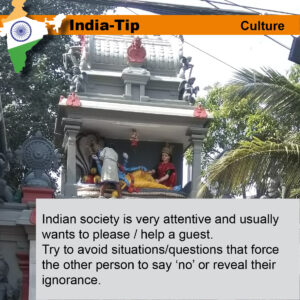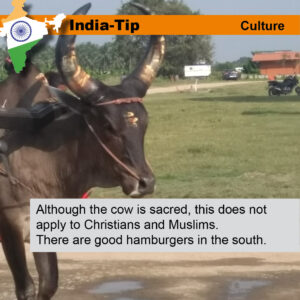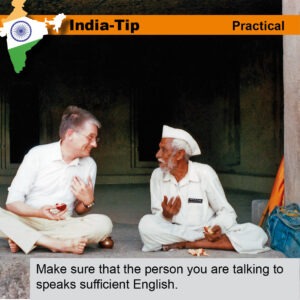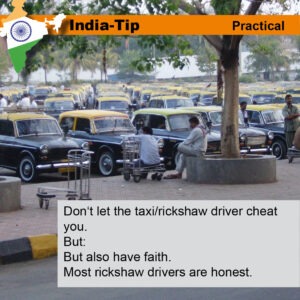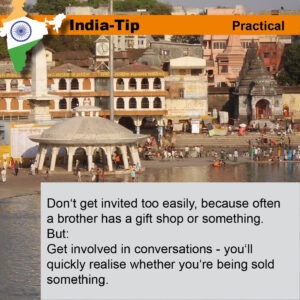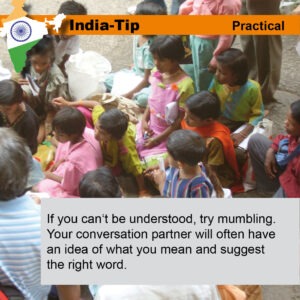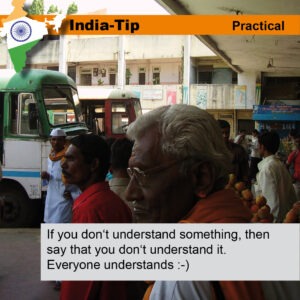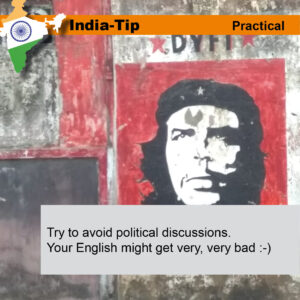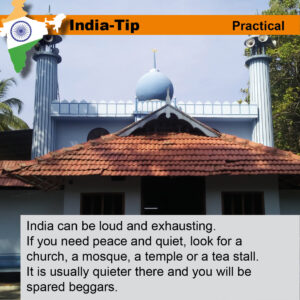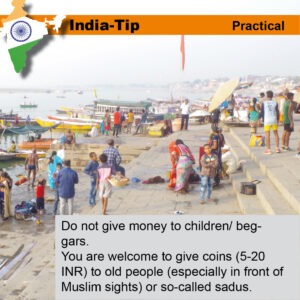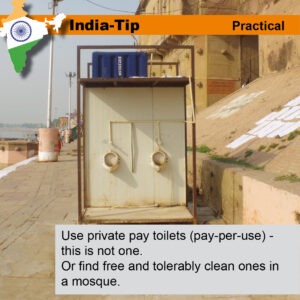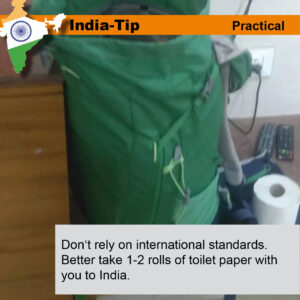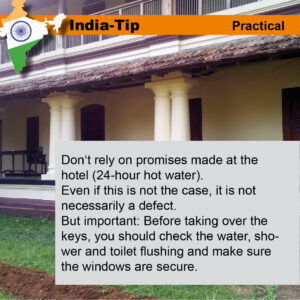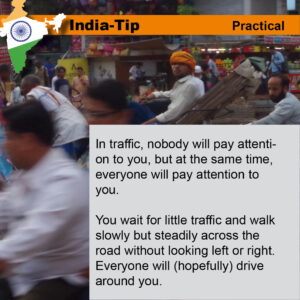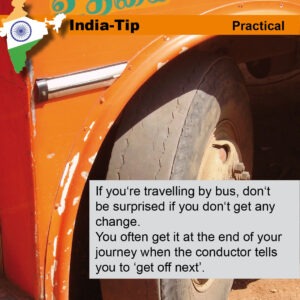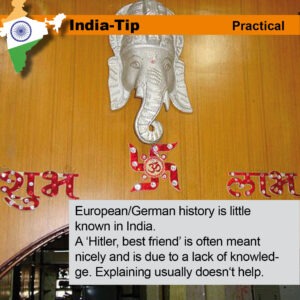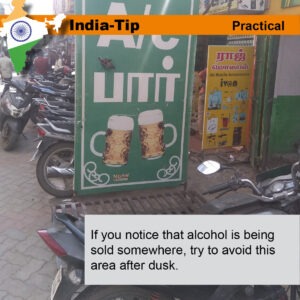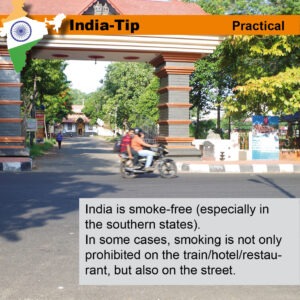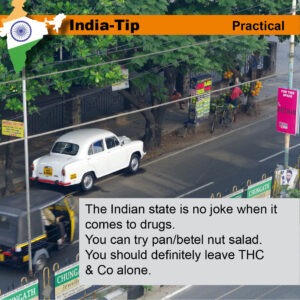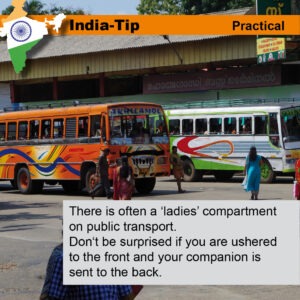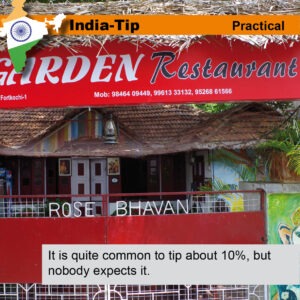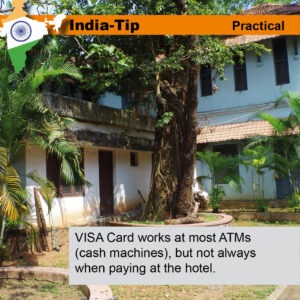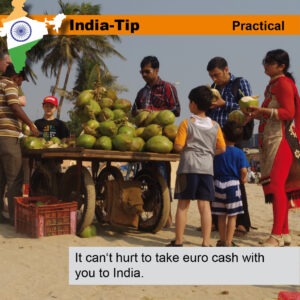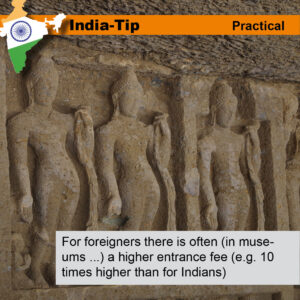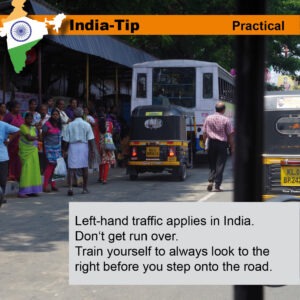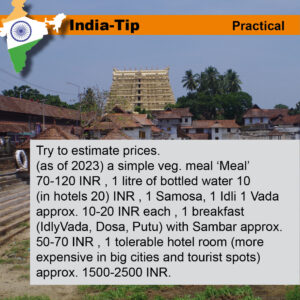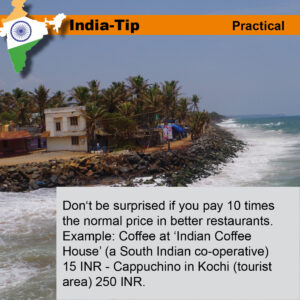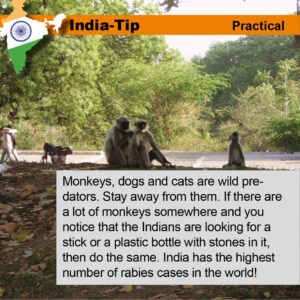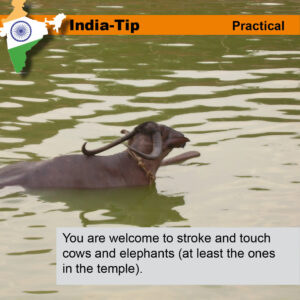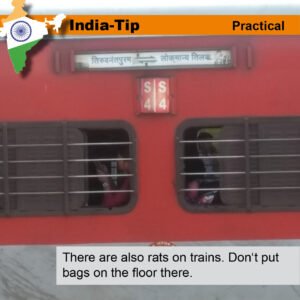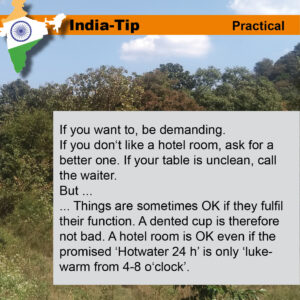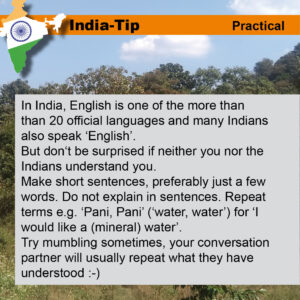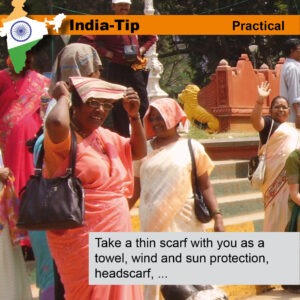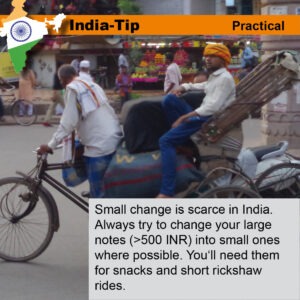I can’t remember how I came across the Hong Kong location. In any case, a colleague told me about it. And after the handover of Hong Kong to China in 1997, I naturally read and saw a lot about it.
HongkongSo that’s how I ended up in Hong Kong. Hong Kong, the fascinating travel destination in south-west China, which combines tradition and modernity in a unique way. The Special Administrative Region on the south coast of China impresses with its breathtaking skyline, historic temples, lively markets and green hills. Travelers can enjoy panoramic views of the city from Victoria Peak or take the Star Ferry across the famous Victoria Harbour. The city offers a rich cultural mix of Chinese and Western influences – visible in its architecture, food and everyday life. Hong Kong has a lot to offer in terms of cuisine in particular: from traditional dim sum restaurants to street food in Mong Kok. If you like shopping, you will find everything from luxurious boutiques to colorful night markets. English is widely spoken and the public transport network is modern and reliable. I was in Hong Kong in 2017 before the major political upheavals and really enjoyed it. |
ArrivingAfter arriving at Hong Kong Airport, the Airport Express takes you directly to the city center. The modern train connection takes travelers to Hong Kong Central station in around 25 minutes. From there, the transfer to the MTR (subway) is easy and well signposted. The journey from Central to Kowloon only takes a few minutes. Getting around is easy. I bought a SIM directly at the airport on arrival and purchased an Octopus Card before boarding the Airport Express. This is a rechargeable payment card that can be used to pay for all metro journeys very easily. |
Kowloon and the mainland
Kowloon, located north of the famous Victoria Harbour, is the beating heart of Hong Kong – denser, more colorful and often more authentic than the opposite Hong Kong Island. I have already secured a cheap hotel from Germany in the otherwise so expensive Hong Kong, namely in the infamous Chunking Mansion. This infamous Chunking Mansion on Nathan Road is a special chapter in Kowloon’s history. The building is a world of its own – a labyrinthine complex with cheap accommodation, small stores, Indian restaurants, money exchange offices and international visitors. Backpackers, traders, migrants and locals meet here. Chunking Mansions is a symbol of Hong Kong’s cultural diversity, but also a reflection of the city’s social contrasts. The place is chaotic, fascinating and sometimes challenging – which is precisely why it is a must for anyone who wants to discover real life away from the postcard motifs. It was perfect for me, as I was able to get my beloved Idly Sambar for breakfast here, as a very large proportion of the stores and snack bars in Chungking Mansion were run by Indians. Things are particularly lively in Mong Kok, a district known for its seemingly endless array of markets, street stalls and neon lights. Here you can experience the real, unadulterated Hong Kong – loud, bustling and full of life. I can only recommend this to everyone. One of the most famous markets is the Ladies’ Market, which stretches across several streets and offers clothing, accessories and souvenirs of all kinds. The nearby Temple Street Night Market is a highlight, especially in the evening: you can browse for hours between cookshops, fortune tellers and street artists and soak up the atmosphere. W Anyone visiting Kowloon should take time to stroll through Mong Kok, sample street food and experience urban Hong Kong in its rawest, most exciting form. But you should also plan to take a regular boat trip across the harbor to the other side, to Central. For me, that was a dream. Sometimes I would just hop on and off because I felt like it. |
CentralHong Kong Central is the modern heart of the city – a mix of high-rise buildings, shopping, finance and nightlife. The Central Mid-Levels Escalator, the longest covered escalator system in the world, is particularly famous. It connects the lower street levels with the residential areas in the hills and offers exciting insights into everyday life and the local scene. Trendy bars, small cafés and international restaurants line the route. Here you can enjoy a good beer in an open bar in the afternoon or a few makis in one of the many sushi stalls. Nightlife is particularly vibrant in the SoHo and Lan Kwai Fong districts: Locals, expats and travelers meet here to go out, party and enjoy themselves in a stylish atmosphere. Tip. The Homkong Finance Center is home to the “Hong Kong Monetary Authority”, which operates a free small money museum on the 65th floor with a fabulous view over the skyscrapers. |
Food
Hong Kong’s food is a fascinating reflection of its cultural diversity and history. A melting pot of Chinese traditions, British heritage and international influences, the city offers unparalleled culinary diversity. Hong Kong is particularly famous for dim sum – small, steamed or deep-fried specialties. It is customary to order several plates, each of which may contain water spinach, offal, dumplings or chicken feet. But the city also has a lot more to offer: From simple street stalls to Michelin-starred restaurants, there is something for every taste and budget. Seafood is an important part of the local cuisine. In fishing villages such as Sai Kung or on Lamma Island, you can enjoy fresh oysters, prawns or squid right by the water. Many restaurants present the live sea creatures in aquariums – freshness is the top priority here. Indian influences also characterize Hong Kong’s food culture, especially in and around Chunking Mansions. Here you will find authentic curries, tandoori dishes and exotic spices that enrich the city’s culinary scene. Fish balls or deep-fried squid are offered on many corners; a real treat
|































































